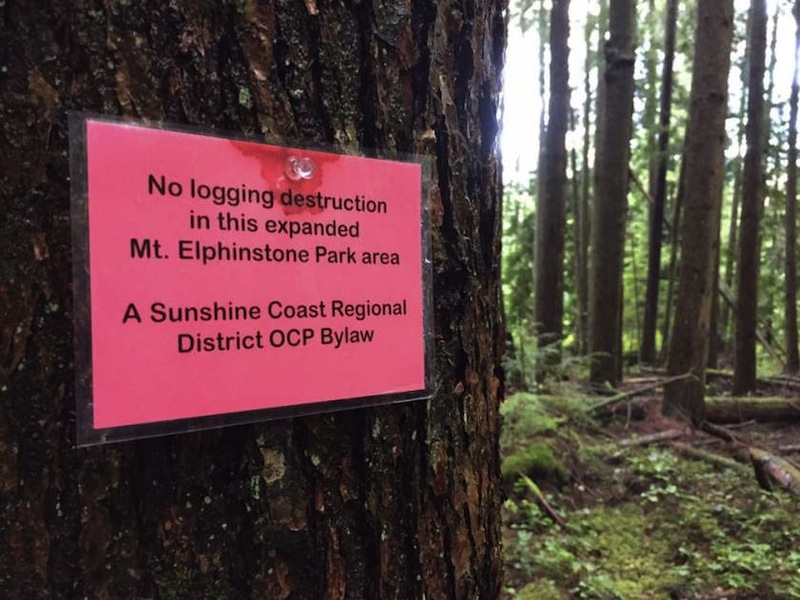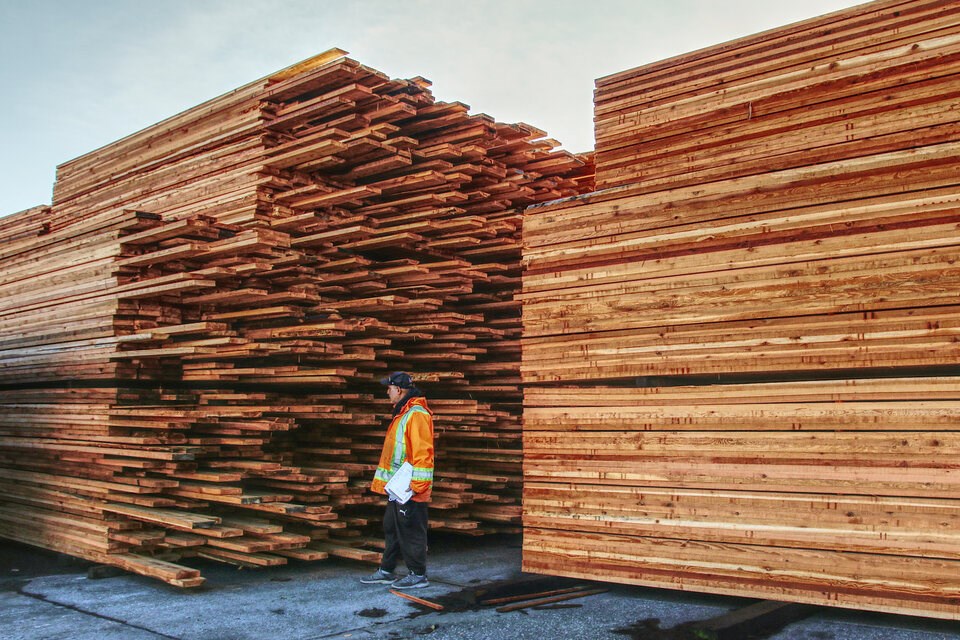 Sep 22 2016
Sep 22 2016Editorial: Victoria must intervene in renewed ‘war in the woods’
This is a big deal: The Vancouver Sun editorial board is calling on the BC Liberal government to show some actual leadership and chart a new course of policies regarding the fate of our old-growth forests as conflicts escalate in places like the Sunshine Coast and Vancouver Island! While we don't agree with all of the sentiments they've expressed, the main fact that BC's largest newspaper recognizes that the status quo of old-growth liquidation is ramping up conflict and uncertainty in the forest industry and requires government leadership in the lead-up to a provincial election next May puts big pressure on the BC Liberal government to change course.
They write:
“There is a legitimate discussion to be had about the value of old-growth forests, about whether what remains on the South Coast and Vancouver Island is sufficiently protected, about the extent to which the remaining inventory should be protected, and about resource jobs and the rights of companies to do legal business. Surely, however, there is also a clear role for the provincial government, which has duties of both environmental stewardship and resource management, to serve as an intermediary in such conflicts by providing clear, science-based, arm’s-length evidence as the foundation for an even-handed conversation and to help the two groups whose interests it represents to find common ground. More leadership and less lethargy from Victoria, please.”
*******
The Conference Board of Canada warns that global economic growth is weakening, exacerbated by the uncertainties of the United Kingdom’s decision to quit the European Union and the coming presidential election in the United States and what its outcome might mean for trade agreements — softwood lumber, for example — both of which have the potential to undermine Canada’s own relatively fragile economic recovery.
B.C.’s economy may be the strongest in the country right now, but the last thing it needs is to revisit the rancorous “War in the Woods” that convulsed the political landscape in the 1990s. Environmental activists spiked trees, damaged equipment, blockaded roads, sparked international boycotts, and were carted off to mass civil disobedience trials in numbers never before seen in Canada. Their opponents heaved rocks, waved nooses, adorned themselves with venomous T-shirts advocating that young female environmental protesters would benefit from being sexually assaulted, and on one occasion put on masks and rampaged through a camp at night menacing young people.
So, recent events on the Sunshine Coast where protesters erected a flaming barricade to block access to a site above Roberts Creek at which a forest company is cutting old-growth timber adjacent to Mount Elphinstone Provincial Park are disturbing.
Environmentalists argue that the park isn’t big enough and fragments the old-growth forest — some stands are 500 to 600 years old — into three ecological islands which total only about 140 hectares. They want the contested site blue-listed as a vulnerable ecosystem and they propose a 1,500-hectare expansion to create a contiguous park.
The forestry company, frustrated with protesters, has obtained a temporary injunction to prevent interference with legal logging activity after winning a B.C. Timber Sales auction giving it access to 18 hectares in the disputed area. It will leave the oldest Douglas firs standing. But protesters object that the injunction, obtained before a judge in Vernon, was a sneaky, underhanded tactic intended to deny them an opportunity to make a submission.
Some protesters vow to defy the injunction. Clearly, the forest company plans to defy the protests.
Can we all take a deep breath, please, step back from this escalating conflict and try to work out an agreement? Lighting fires in the midst of an old-growth forest seems an odd way to go about arguing for its protection. Using the courts and police as a proxy for governance by elected officials is an old and controversial tactic that perhaps should be re-thought.
There is a legitimate discussion to be had about the value of old-growth forests, about whether what remains on the South Coast and Vancouver Island is sufficiently protected, about the extent to which the remaining inventory should be protected, and about resource jobs and the rights of companies to do legal business. Surely, however, there is also a clear role for the provincial government, which has duties of both environmental stewardship and resource management, to serve as an intermediary in such conflicts by providing clear, science-based, arm’s-length evidence as the foundation for an even-handed conversation and to help the two groups whose interests it represents to find common ground. More leadership and less lethargy from Victoria, please.






